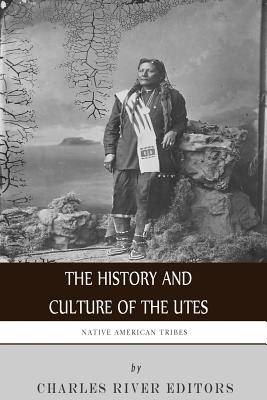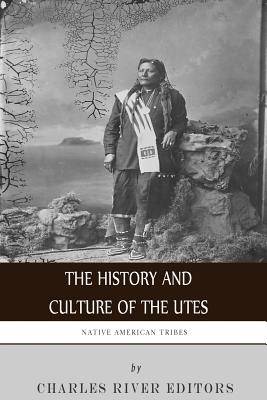
- Retrait gratuit dans votre magasin Club
- 7.000.000 titres dans notre catalogue
- Payer en toute sécurité
- Toujours un magasin près de chez vous
- Retrait gratuit dans votre magasin Club
- 7.000.0000 titres dans notre catalogue
- Payer en toute sécurité
- Toujours un magasin près de chez vous
17,95 €
+ 35 points
Format
Description
*Includes pictures *Includes a bibliography for further reading *Includes a table of contents From the "Trail of Tears" to Wounded Knee and Little Bighorn, the narrative of American history is incomplete without the inclusion of the Native Americans that lived on the continent before European settlers arrived in the 16th and 17th centuries. Since the first contact between natives and settlers, tribes like the Sioux, Cherokee, and Navajo have both fascinated and perplexed outsiders with their history, language, and culture. In Charles River Editors' Native American Tribes series, readers can get caught up to speed on the history and culture of North America's most famous native tribes in the time it takes to finish a commute, while learning interesting facts long forgotten or never known. The Utes are a Native American people who live today in Colorado, New Mexico and Utah, and they currently have the second largest Indian reservation in the United States: the 1.2 million acre Uintah and Ouray Reservation located in northeastern Utah. The Southern Ute Reservation in southwestern Colorado takes in another 681,000 acres, while the Ute Mountain Ute Reservation mostly in southwestern Colorado and northeastern New Mexico has 553,000 acres. However, these holdings are relatively small fragments of the original Ute land base; before the arrival of whites and the taking of the Utes' land, they stretched from the Great Basin of Utah through the Colorado Plateau and Rocky Mountains of Colorado and northern New Mexico and into the Great Plains. The Utes were a fierce warrior people who fought hard to defend their land against Spaniards and later the Americans, but they remain much less well-known among the American public than the Navajo (holders of the biggest reservation today) and many other Native American nations. Native American Tribes: The History and Culture of the Utes comprehensively covers the history and legacy of one of the Southwest's most famous Native American groups. Along with pictures and a bibliography, you will learn about the Utes like never before, in no time at all.
Spécifications
Parties prenantes
- Auteur(s) :
- Editeur:
Contenu
- Nombre de pages :
- 44
- Langue:
- Anglais
Caractéristiques
- EAN:
- 9781507859469
- Date de parution :
- 05-02-15
- Format:
- Livre broché
- Format numérique:
- Trade paperback (VS)
- Dimensions :
- 152 mm x 229 mm
- Poids :
- 72 g

Les avis
Nous publions uniquement les avis qui respectent les conditions requises. Consultez nos conditions pour les avis.






